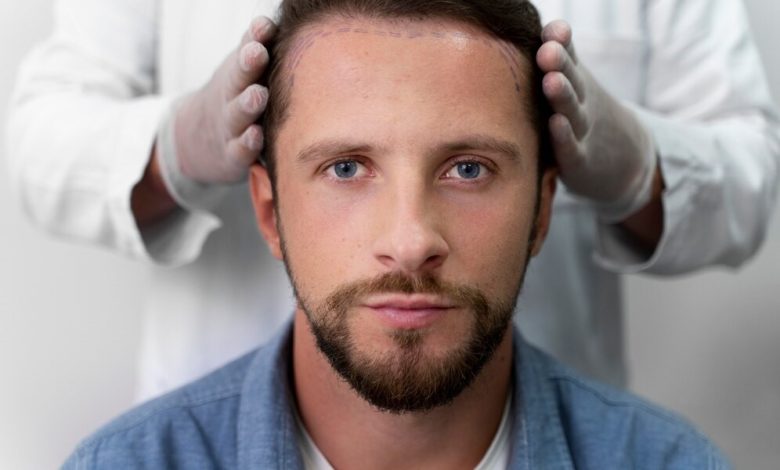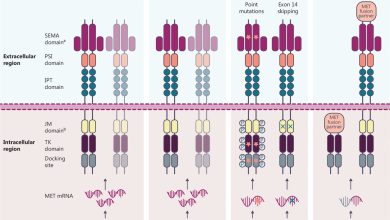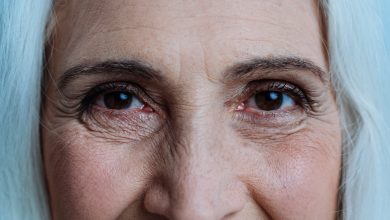What Should I Do If I Notice Shock Loss After a Hair Transplant?
What Should I Do If I Notice Shock Loss After a Hair Transplant?

1. Introduction
Hair transplants have become an increasingly popular solution for people experiencing hair thinning or baldness. While the procedure is generally effective, one common concern after a transplant is “shock loss.” This temporary hair shedding can be alarming, especially after going through a hair restoration procedure. Understanding what shock loss is, why it happens, and how to respond can help you navigate this phase smoothly.
2. Understanding Shock Loss
Shock loss refers to the shedding of both transplanted and surrounding native hairs following a hair transplant. It typically occurs within the first few weeks or months after the procedure. Although it might be unsettling to see additional hair loss when the goal was to regain hair, shock loss is often a natural and temporary part of the recovery process.
Shock loss can affect both the donor and recipient areas of the scalp and may present itself differently in every patient. It is important to note that shock loss does not indicate the failure of the hair transplant itself; rather, it’s the body’s natural reaction to the trauma caused by surgery.
3. Causes of Shock Loss After Hair Transplant
Trauma to the Scalp
During a hair transplant, small incisions are made to implant hair follicles. This process can cause minor trauma to the scalp, which leads to the shedding of existing hairs as a response to the stress. Hair follicles enter a resting phase (telogen), leading to temporary shedding before they start growing again.
Post-Surgical Reaction
Any surgery can cause a shock to the system, and hair transplant surgery is no exception. The body’s response to surgical intervention can result in temporary hair loss as the affected hair follicles adjust to the new environment.
Sensitivity to Medications
Medications given during the transplant process or post-operatively, such as anesthesia, antibiotics, or anti-inflammatory drugs, can sometimes trigger hair shedding. The sensitivity of hair follicles to these substances can vary from person to person.
4. How to Recognize Shock Loss
Temporary vs. Permanent Hair Loss
Shock loss should not be confused with permanent hair loss. Shock loss is typically temporary, lasting anywhere from a few weeks to a few months. The hair follicles that enter the resting phase will eventually produce new hair.
Permanent hair loss can result from other underlying conditions or improper surgical technique. Recognizing the difference between temporary shedding and more severe forms of hair loss requires observation of hair regrowth in the months following surgery.
5. Psychological Impact of Shock Loss
Shock loss can be a distressing experience for many patients, particularly given the emotional investment in the transplant process. It’s normal to feel anxious or disheartened if you notice shedding, but understanding that this is typically a temporary phase can help alleviate some of the emotional burden.
Talking to others who have undergone hair transplants or joining a support group can be helpful. Additionally, keeping in mind that shock loss is a common and normal occurrence can reduce the psychological impact and help maintain a positive outlook.
6. Practical Steps to Manage Shock Loss
Stay Calm and Monitor Progress
The first and most crucial step when you notice shock loss is to remain calm. Panicking can lead to stress, which may exacerbate hair loss. Understand that it is a common side effect of hair transplants, and in most cases, hair will regrow naturally within a few months.
Proper Hair Care Routine
Taking care of your scalp is essential during this period. Gentle handling of your hair, avoiding aggressive shampoos, and following your doctor’s instructions regarding washing and care can make a significant difference. It’s advisable to use mild, sulfate-free shampoos and avoid rubbing the scalp harshly while cleaning it.
Minimize Stress
Stress can be a contributing factor to hair loss. Try to adopt stress-relief techniques such as yoga, meditation, or regular physical activity to keep stress levels low. Relaxation methods can help maintain hormonal balance, promoting better conditions for hair regrowth.
7. Medical Interventions for Shock Loss
Medications to Stimulate Hair Growth
If shock loss becomes a concern, your doctor might recommend using hair growth-stimulating medications like minoxidil (Rogaine) or finasteride. These medications can help enhance blood flow to the hair follicles and stimulate growth.
It is essential to consult your physician before starting any medication to ensure it is safe and suitable for you. Minoxidil is often prescribed to help speed up the recovery process and minimize the period of shock loss, allowing hair to start growing again more quickly.
Platelet-Rich Plasma (PRP) Therapy
Another treatment that can be helpful in managing shock loss is Platelet-Rich Plasma (PRP) therapy. PRP involves injecting concentrated platelets from your blood into the scalp to stimulate hair growth. Platelets are rich in growth factors that can improve hair follicle health, enhance recovery, and reduce the shock loss period.
8. Prevention Tips for Shock Loss After Hair Transplant
While shock loss is not entirely preventable, there are some precautions you can take to minimize the risk:
- Choose an Experienced Surgeon: Proper surgical techniques minimize trauma to the scalp, reducing the likelihood of shock loss. Choosing a skilled and experienced hair transplant specialist can greatly impact your outcome.
- Follow Post-Operative Care Guidelines: Carefully adhering to your surgeon’s instructions after surgery can help reduce trauma to your hair follicles. Avoid strenuous activities, excessive sweating, and any form of impact to the scalp during the recovery period.
- Healthy Diet: Maintaining a healthy diet rich in vitamins and minerals that promote hair growth can help with overall recovery. Nutrients such as biotin, vitamin D, zinc, and iron are essential for hair health.
- Avoid Tight Hats: Avoid wearing tight hats or anything that could put pressure on your scalp in the initial weeks following the surgery, as this can cause additional strain on the transplanted follicles.
9. When to Consult Your Doctor
If you experience shock loss after your hair transplant, it’s always a good idea to stay in touch with your surgeon. Typically, shock loss will resolve on its own, but there are certain circumstances where medical intervention may be necessary:
- Excessive Shedding: If the amount of hair shedding seems far beyond what was expected, it is crucial to consult your doctor.
- Lack of Regrowth: If there is no sign of regrowth after three to four months, your doctor may need to assess the situation to determine the underlying cause.
- Signs of Infection: If shock loss is accompanied by redness, pain, or pus in the affected areas, there could be an infection that requires immediate treatment.
Queen Aesthetics is a medical spa in Houston, TX, and is recognized as one of the best medical spas and wellness centers in the surrounding Houston area. Our medical spa specializes in a variety of services that include botox, facials, waxing, lymphatic drainage massages, IV therapy, lip injections, hair restoration, chemical peels, microneedling, PRP hair treatment, acne treatment and so much more! Contact Queen Aesthetics and get a free consultation today!
10. Conclusion
Shock loss after a hair transplant can be a stressful experience, but it’s a natural response that many people go through. Understanding that this is usually a temporary condition helps manage expectations during the recovery period. Maintaining a proper hair care routine, minimizing stress, and following your doctor’s advice can significantly aid in managing shock loss effectively. Remember that patience is key – hair regrowth after a transplant takes time, but the results are worth it in the long run.
With the right care, medical support, and mindset, shock loss is just a small hurdle on the path to a fuller head of hair. If you have concerns about shock loss or feel uncertain about the progress of your recovery, do not hesitate to reach out to your healthcare provider for reassurance and guidance.








